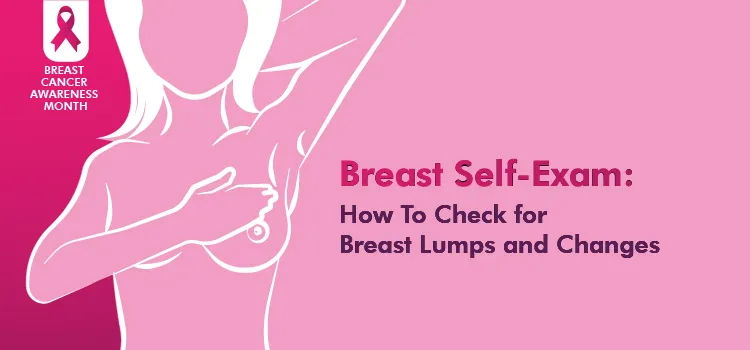Breast Feeding

Breastfeeding in Public Spaces
July 18, 2024You've finally started stepping out with your baby, and it feels l...

Breast Self-Exam for Breast Awareness
September 29, 2023A breast self-exam that you do for breast...

Tips for Breastfeeding Mothers Returning to Work
October 4, 2022As the omicron wave of Covid-19 pandemic ebbs and subsides, companie...

World Breastfeeding Week 2022: Importance, Benefits, and History
July 18, 2022World Breastfeeding Week (WBW), observed from August 1 to 7, aims to...

Why Breastfeeding is Better Than Formula Feeding
September 6, 2020With “Support breastfeeding for a healthier planet” as i...

Weaning Your Baby Off Breast Milk
September 30, 2018The Weaning method involves gradually cutting back the number of tim...

7 Benefits of Breastfeeding for Both Mother & Baby
July 28, 2016Babies tend to get the wholesome nutrition they need from breast mil...

Myths about breastfeeding
June 28, 2016As soon as you deliver your baby, you will be inundated with suggest...

Breastfeeding – Common Questions and Answers
June 25, 2016As a new mother, it is common to have doubts and insecurities about ...

Breast feeding vs. formula feeding
June 21, 2016Every woman who is pregnant or has just delivered, would have consid...

8 Benefits of Breastfeeding
June 13, 2016Breast milk is undoubtedly the preferred option of nutrition for a n...

How to get your baby to latch on during breastfeeding
June 7, 2016As a mother, you want to give your child nothing but the best. And a...

Breast feeding – A gift that lasts a lifetime
May 31, 2016220,000 Babies Can Be Saved Every Year If Breastfed Within ...





